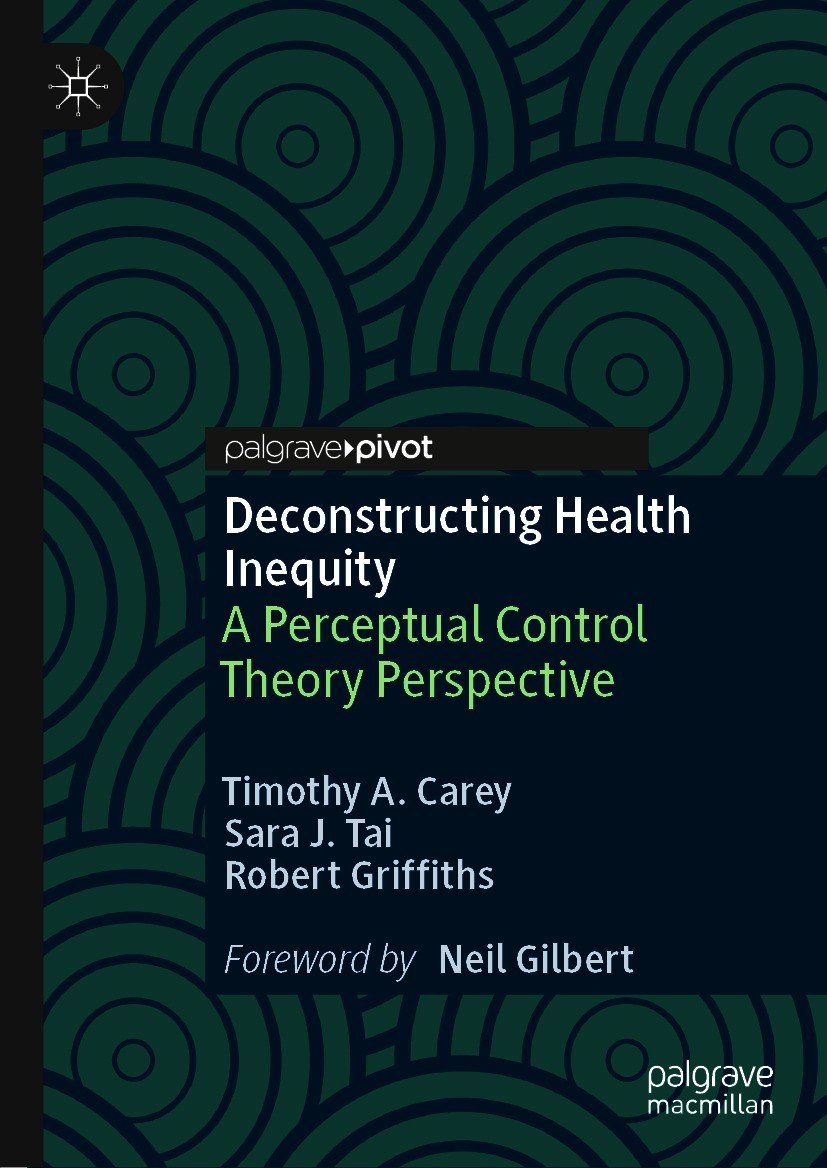| 书目名称 | Deconstructing Health Inequity | | 副标题 | A Perceptual Control | | 编辑 | Timothy A. Carey,Sara J. Tai,Robert Griffiths | | 视频video | http://file.papertrans.cn/265/264481/264481.mp4 | | 概述 | Draws on experience from cross-cultural settings; rural, remote, and underserved communities; community mental health settings; prisons; schools; and psychiatric wards.Provides fresh insight for acade | | 图书封面 |  | | 描述 | .This book offers a radically different perspective on the topic of health inequity. Carey, Tai, and Griffiths use Perceptual Control Theory (PCT) to deconstruct current approaches to understanding, investigating, and addressing problems of health inequity. In the book, the authors propose that health inequity is not a problem .per se.. Disrupted control, they argue, is the problem that needs to be addressed...From this perspective, research, policy, and health practices directed at addressing health inequity in isolation will offer only partial solutions to the problems created by disrupted control. Addressing problems of disrupted control directly, however, has the potential to entirely resolve issues that are created by health inequity...The authors have extensive clinical and research experience in a wide range of contexts, including: cross-cultural settings; rural, remote, and underserved communities; community mental health settings; prisons; schools; and psychiatric wards. Drawing on these diverse experiences, the authors describe how adopting a Perceptual Control Theory perspective might offer promising new directions for researchers and practitioners who have an interest i | | 出版日期 | Book 2021 | | 关键词 | Social determinants of health; health inequity; degrees of freedom; PCT; poverty; health inequalities | | 版次 | 1 | | doi | https://doi.org/10.1007/978-3-030-68053-4 | | isbn_ebook | 978-3-030-68053-4 | | copyright | The Author(s), under exclusive license to Springer Nature Switzerland AG 2021 |
The information of publication is updating

|
|
 |Archiver|手机版|小黑屋|
派博传思国际
( 京公网安备110108008328)
GMT+8, 2026-1-3 09:52
|Archiver|手机版|小黑屋|
派博传思国际
( 京公网安备110108008328)
GMT+8, 2026-1-3 09:52


